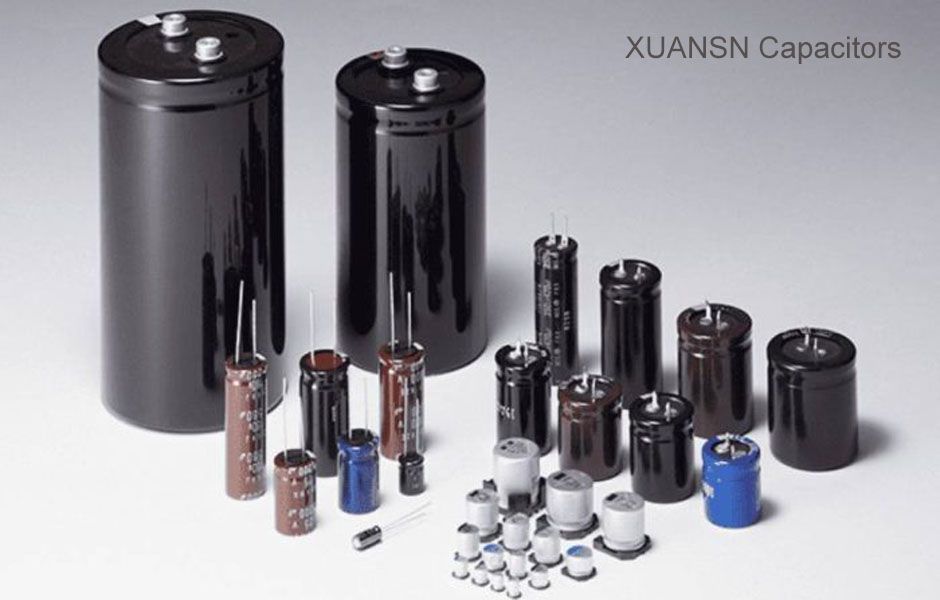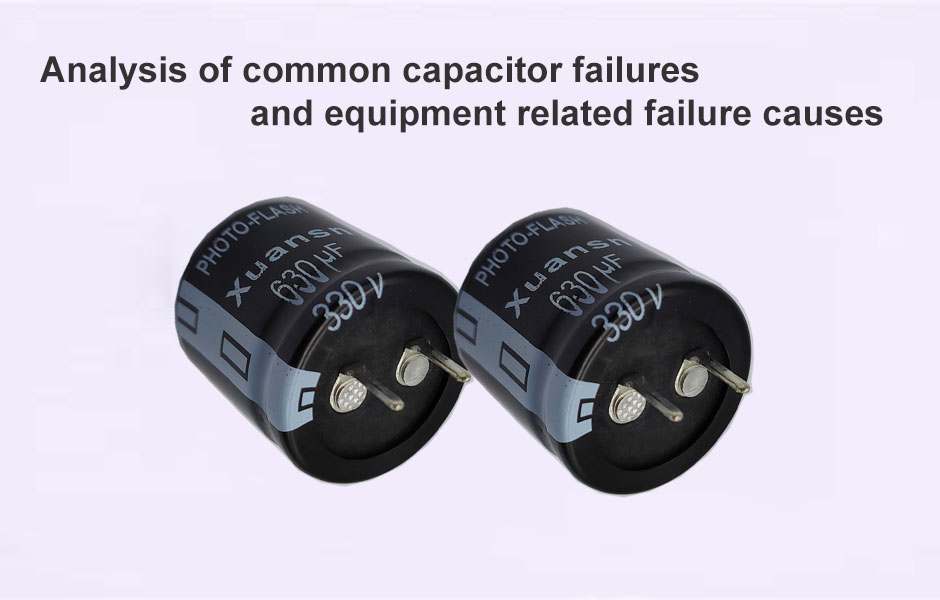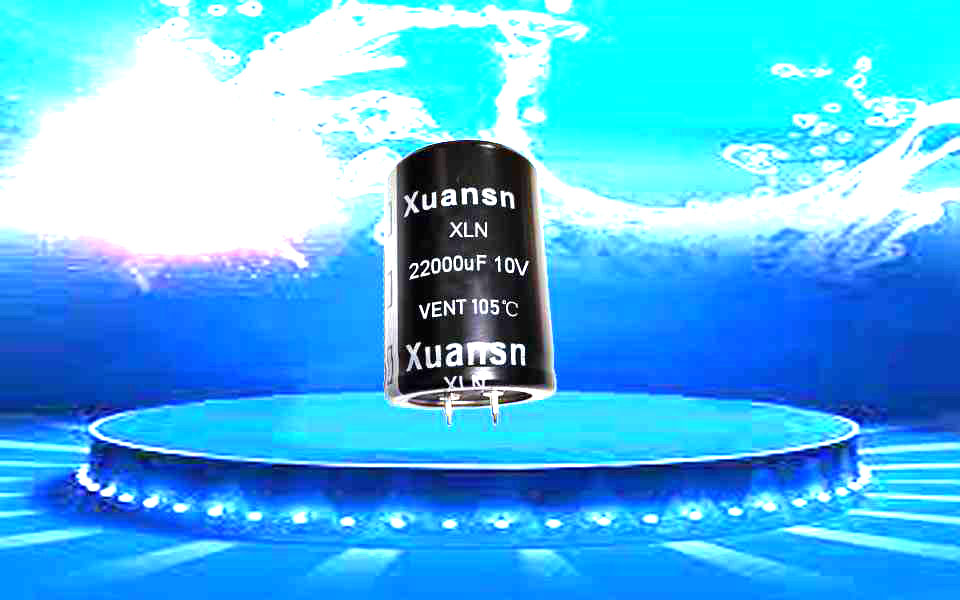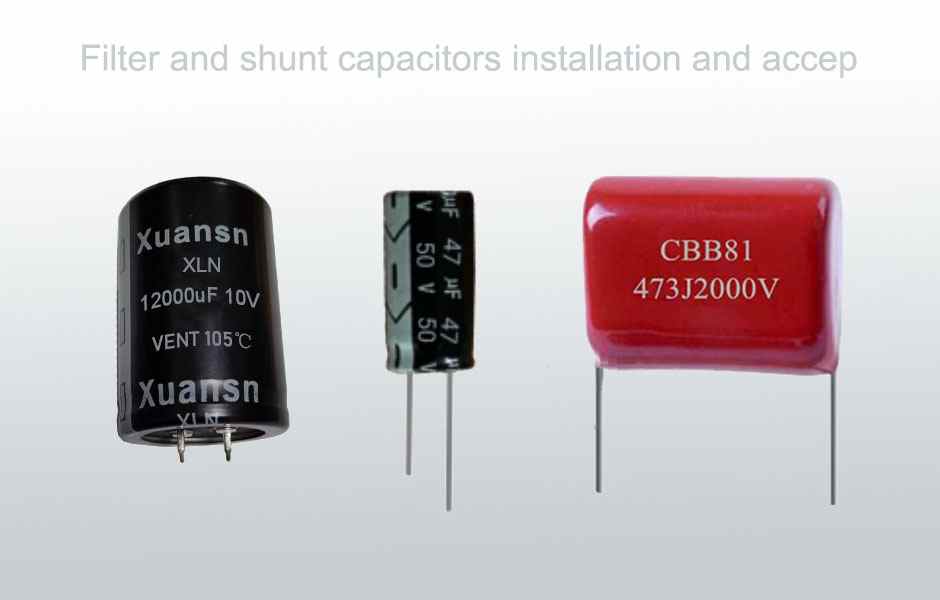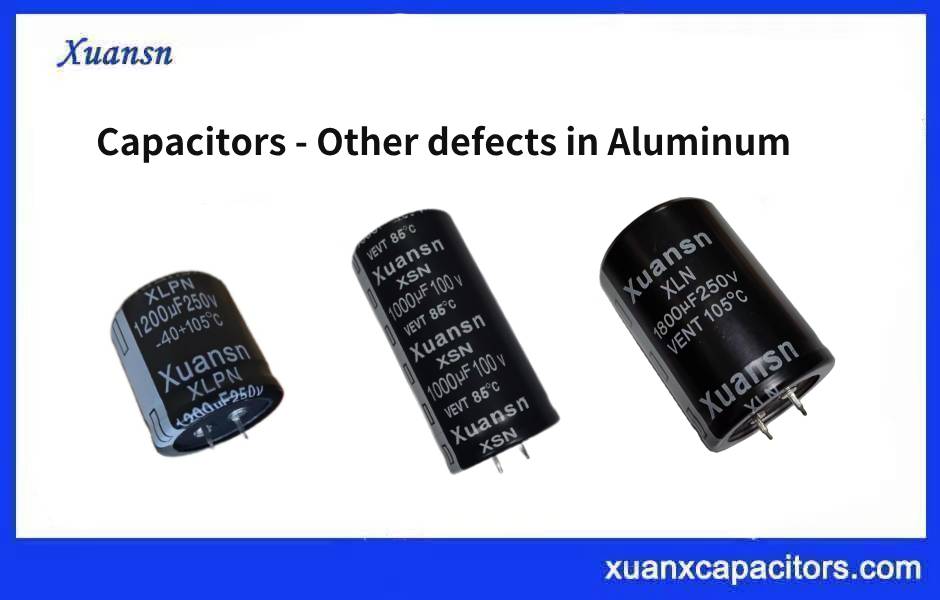When an electric field is applied to the medium, an induced charge will be generated to weaken the electric field. The ratio of the original applied electric field (in a vacuum) to the electric field in the final medium is the permittivity, also known as the permittivity. If a material with a high dielectric constant is placed in an electric field, the intensity of the electric field will drop considerably in the dielectric.
The dielectric is often an insulator. Examples include porcelain (pottery), mica, glass, plastic, and various metal oxides. Some liquids and gases can be used as good dielectric materials. Dry air is a good dielectric and is used in variable capacitors and certain types of transmission lines. Distilled water is a good dielectric if it is kept free of impurities, and its relative dielectric constant is about 80.
After a capacitor plate is filled with a substance with a dielectric constant of ε, the capacitance becomes ε times larger.
application
The dielectric has the property of making the space larger or smaller than the actual size. For example, when a dielectric material is placed between two charges, it reduces the electric field force acting between them, as if they were moved away.
When an electromagnetic wave passes through a dielectric medium, the speed of the wave is reduced and has a shorter wavelength
